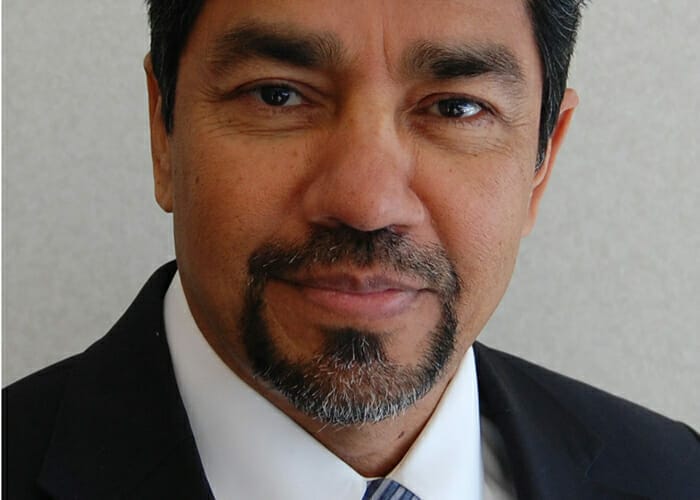Complexity is everywhere. And nowhere is its forward march more evident than in the field of investing. Seemingly unabated, the complexity of new products, processes, financial engineering and innovation grows.
And if you think investing is complex, take a moment to reflect on the dynamics of family relationships. Families evolve organically and acquisitively. And with every generation or addition, new personalities and opinions can emerge, complicating matters through conflicting agendas and differing priorities.
The coalescence of these domains – family and investing – can be the catalyst for the establishment of a family office. Few vehicles can assist in managing the complexity that families of scale face as effectively as a family office. Families aren’t homogenous and, depending on where they are in their lifecycle, may have myriad needs: formulating a family constitution; reviewing investment governance; undertaking estate planning or philanthropic activities, to name but a few. The family office agenda can be wide, dynamic and, well, complex.
Psychologist Daniel Kahneman, Nobel laureate in economics (2002) and author of Thinking, Fast and Slow, has evidenced how the framing of complex problems affects our decision-making. So why is complexity so pervasive?
Jason Hsu and John West argue that, “Complexity is almost hardwired into investors…and their asset managers.”
We know complexity costs more, perpetuates the belief that complex problems require complex solutions and, as Edsger W. Dijkstra, winner of the 1972 Turing Prize, opines, “…to make matters worse: complexity sells better”.
Complex doesn’t equal better
Traversing from Kahneman’s insights to the wisdom of Occam’s razor, it is important that we challenge the idea that complex problems require complex solutions. One lesson from the global financial crisis (GFC) is that complexity and fragility are almost constant bedfellows. As a trusted adviser, how can we best frame the right questions to ask families, at the right time? How can we help families set their sights on a metaphorical North Star (a set of objectives) that can help them navigate safe passage across the generations? We offer the following questions to start the conversation:
- What is my role?
- How can I see the whole picture?
- How do I enable future generations? What is my legacy?
- How can I step away from the details but still stay in control?
- Who will make the decisions when I am no longer able to?
- How could I manage my wealth more effectively to achieve the outcomes that matter?
- Do I really understand my investment approach?
- What level of risk should I be taking? How do I know if it’s correct?
- How much is enough? For myself? For my children? For my giving?
- How can I make the most impact with my giving?
- The framing of these questions places the family’s objectives at the heart of all we do. It is an approach that, without apology, embraces simplicity and discounts complexity. These questions provide a basis for the challenging, but necessary, conversations needed to provide the family office with clarity of mission. The result is a laser-like focus on what is important and what is not.
In too many instances, complexity is used as a foil to avoid an uncomfortable reality. In the low-return world in which we live, the truth may be that the investment objective the family office sets is simply not attainable without taking on an unacceptable level of risk. Without doubt, it’s a tough conversation. Simplicity or complexity – let’s sit with this choice for a moment:
- Frame A: We are unlikely to achieve the investment objective.
- Frame B: We have found an opaque process that works well in expectation. It seeks high returns uncorrelated with the S&P 500, with a base-and-performance fee. Oh, and it comes with a side of unicorn, Q.E.D.
Maybe we shouldn’t sit with this too long.
Establish a clear mission
My research agenda with Adam Walk, head of investments at The Myer Family Company and a senior research fellow at Griffith University, has examined the tension between simplicity and complexity in the context of investment governance. We have argued that mission clarity is necessary to achieve family outcomes:
What is a sustainable, real withdrawal rate, for me, my family and my foundation?
What proportion of the corpus should be performance seeking?
How can I stay focused on the asset allocation decision?
What is my planning horizon?
What is the impact of fees and taxes?
The GFC hurt; are we scenario testing our investment approach?
Who is watching when I’m sleeping? Do I have institutional-grade risk-management processes?
Is my family office striving for best practice in investment governance?
Seeking simplicity can help us align the investment process to the priorities of the family. Such an approach challenges unnecessary complexity and calls out misadventure – it is robust and repeatable over time.
Complexity has important implications for family offices and their investment processes. We know that complexity can conceal the true level of risk. Consider the words of the late Steve Jobs:
“Simple can be harder than complex: You have to work hard to get your thinking clean to make it simple. But it’s worth it in the end because once you get there, you can move mountains.”
When seeking intergenerational wealth transfer, simplicity can illuminate the path for the family office to deliver on its mission.
Michael E. Drew is chief investment officer for The Myer Family Company and professor of finance at Griffith University.


